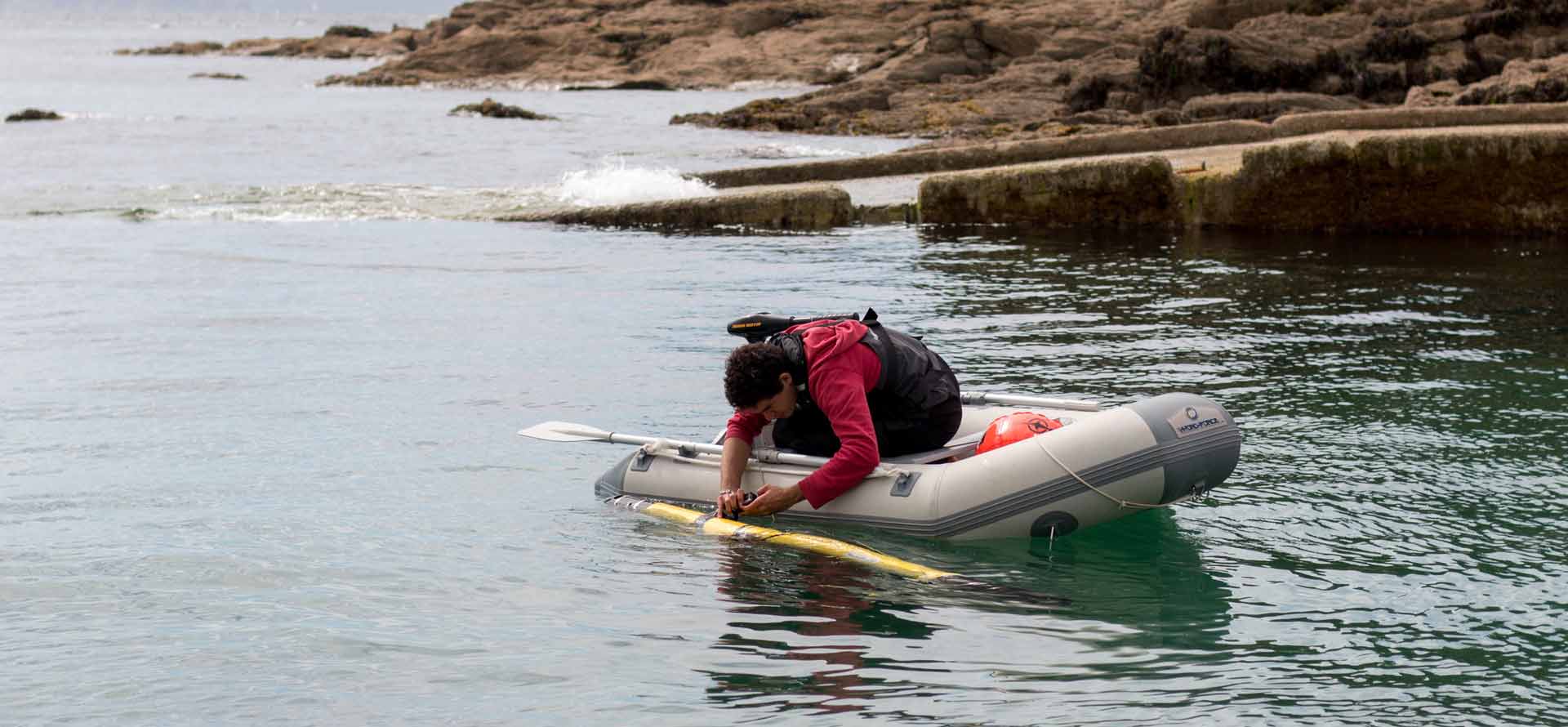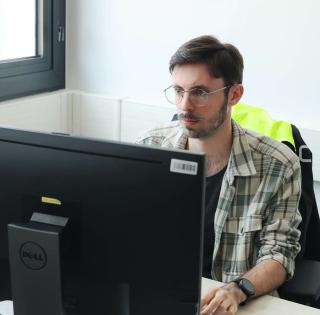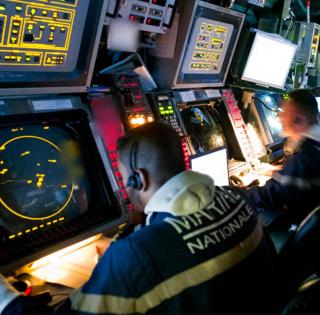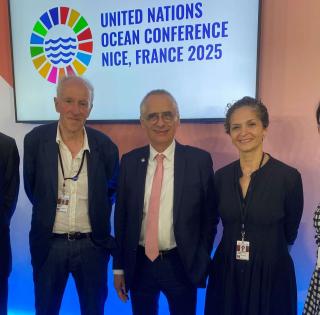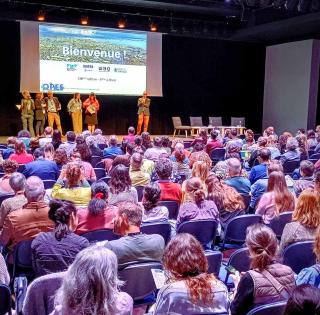

Three ENSTA papers presented at ICRA
Underwater drone controller
The first paper is the result of Katell Lagatu's thesis work, carried out under the joint supervision of Flinders University in Adelaide, Australia, Naval Group (Eva Artusi) and ENSTA's Brest campus (Benoit Clément). Their aim is to develop an underwater drone controller using deep reinforcement learning, a field of machine learning. The case study is that of a drone that suffers malfunctions and proves capable of overcoming them without needing to diagnose them, by simply redistributing the thrust of the thrusters. The controller was tested several times in real-life conditions on an underwater drone in Australia, establishing a world first in terms of experimental validation.
The other two papers were supervised by Adriana Tapus, professor at the Computer Science and Systems Engineering Unit and director of the doctoral school at the Institut Polytechnique de Paris.

Human-robot interactions
The first deals with the estimation of engagement and attention levels in human-robot interactions, using a dynamic Bayesian network to represent the evolution of random variables as a function of time. The notion of engagement is a key concept in human-robot interaction, in that it both enhances the quality of the user experience and improves task performance. The dynamic Bayesian network proposed in this article integrates numerous variables such as head rotation, eye movements, facial expressions and even temperature variations on the surface of the face to determine this level of engagement. This network achieved a success rate of 83% in its rankings, a remarkable result when estimating a criterion as subtle as the level of engagement of an interlocutor in an interaction.
Conversational robot
The second paper, supervised by Adriana Tapus, is just as impressive, as it highlights the ability of a conversational robot to perceive and practice humor, a capacity for distancing itself from situations generally considered to be the hallmark of humans. This conversational robot achieves this by taking into account the context of the interaction, the user's profile and his or her emotional state. Compared with the GPT-4o model and tested against 24 participants, the model developed by Adriana Tapus' team significantly outperformed its rival in terms of relevance, conversational enrichment and overall interaction quality.






